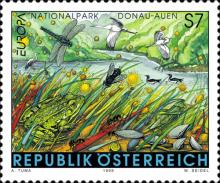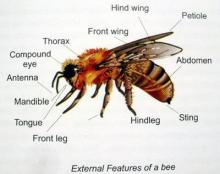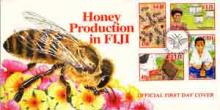New method for rearing bee larvae in the laboratory
Ecologists from the University of Wurzburg, Germany have developed a better way of rearing bee larvae in the laboratory. The current method of rearing bees in the laboratory has major drawbacks. It involves a process known as "grafting", where the tiny first instar bee larvae around 1mm long are collected using feathers, brushes or needles. As well as being time consuming and demanding considerable skill, the mechanical stress involved in handling causes mortality among the tiny larvae. To avoid handling the larvae, the researchers allowed honey bee queens to lay eggs directly into an artificial plastic honeycomb about the size of a cigar box. The plastic honeycomb is widely used by professional honey bee queen breeders, and by using in the laboratory the team found rearing bee larvae much easier and more successful.




